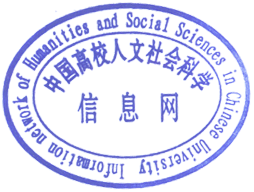中国高等教育空间格局差异及其和经济发展的关系
作者:朱晓霞
关 键 词 :高等教育;空间差异;聚类分析;岭回归学科分类:
摘要/Abstract
自改革开放以来,中国的经济得到长足发展,教育水平也不断上升。目前,我国的九年制义务教育已实现全覆盖,但正如中国经济的东西差异、城乡二元化,中国的高等教育是否也存在同样的地域和城乡差异?此外,在C-D生产函数中,资本投入和劳动力人口是影响经济增长的主要动力,将高等教育投资纳入该模型中,教育将会起到什么作用以及是如何发挥作用的?在本文中,我们将基于2015年和2019年中国统计年鉴的数据围绕这两大问题展开在时间维度和地域维度上的实证分析。最终我们得出目前中国的教育呈现地域分布和城乡分布的显著差异,并针对结论提
Since the reform and opening up, China's economy has developed rapidly, and the level of education has also continued to rise. At present, my country’s nine-year compulsory education has achieved full coverage, but just like the east-west differences in the Chinese economy and the dualization of urban and rural areas, are there the same regional and urban-rural differences in China’s higher education? In addition, in the C-D production function, capital input and labor population are the main driving forces that affect economic growth. Incorporating higher education investment into this model, what role will education play and how does it play a role? In this article, we will conduct an empirical analysis on the time dimension and the geographical dimension based on the data from the 2015 and 2019 China Statistical Yearbooks around these two major issues. In the end, we concluded that the current education in China presents significant differences in geographical distribution and urban-rural distribution, and made the following recommendations based on the conclusions: 1) Accelerate economic development and reduce the difference between the east and the west; 2) Overall urban and rural development, and narrow the gap between urban and rural areas; 3) Improve women's opportunities for higher education.

